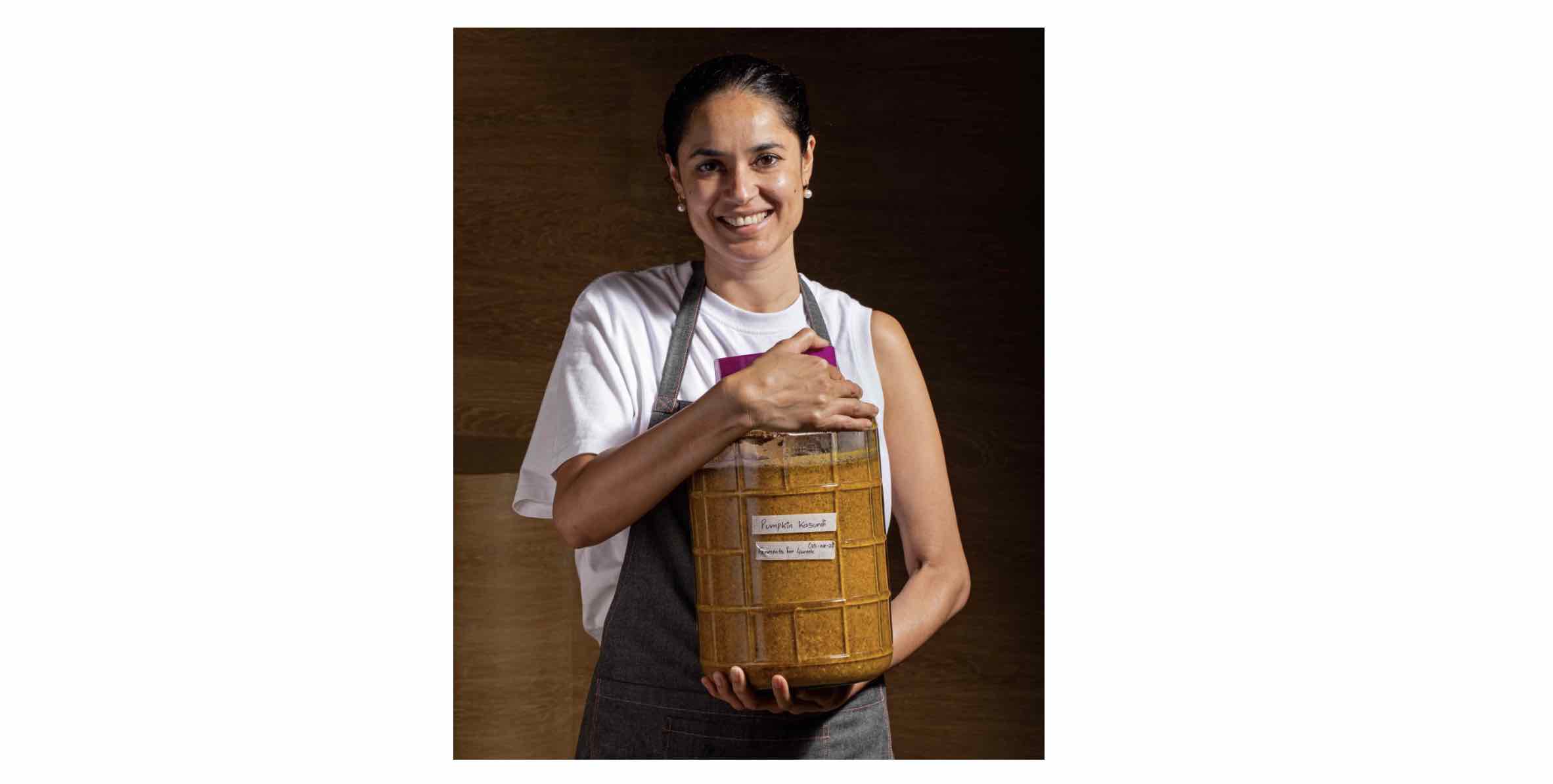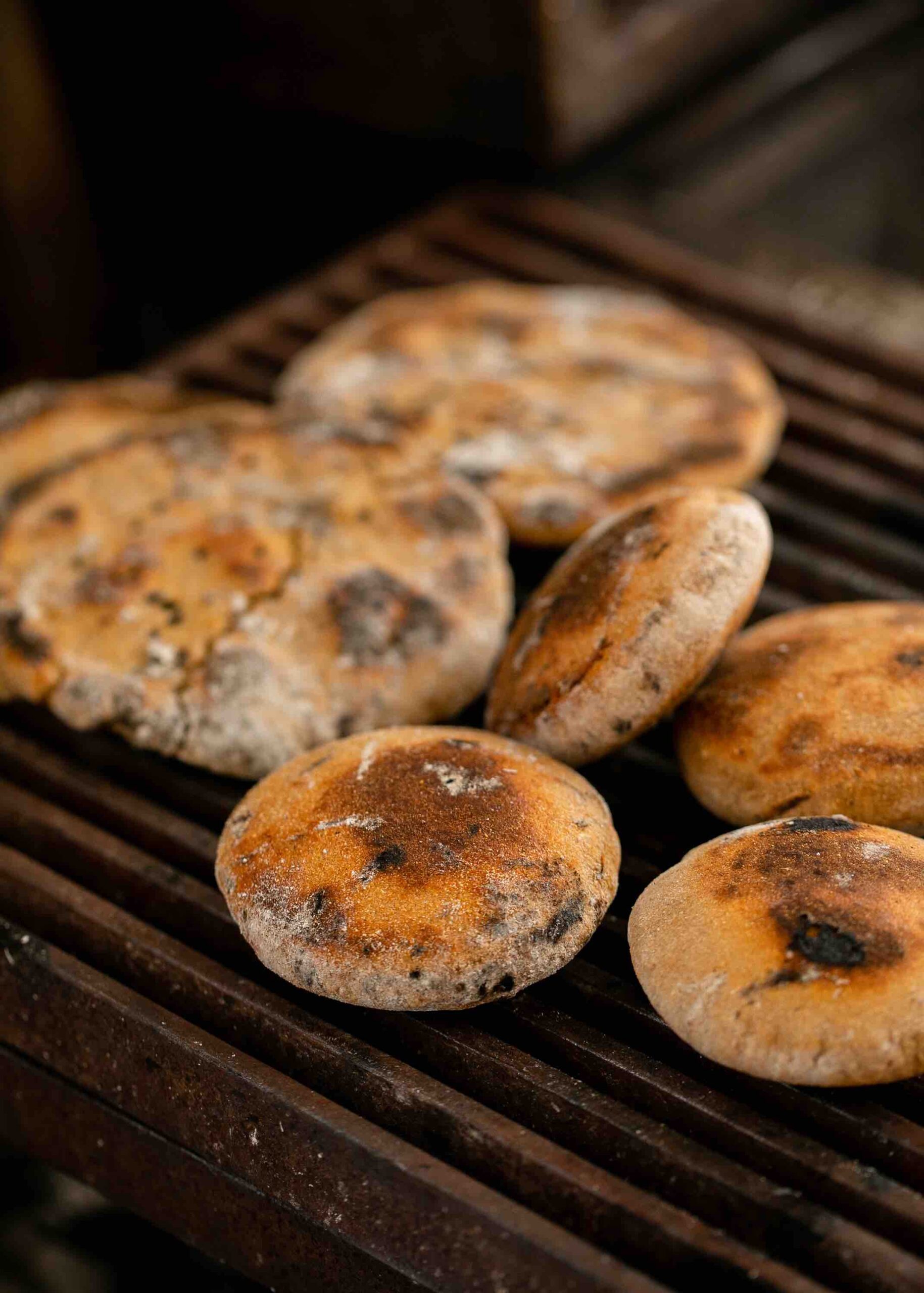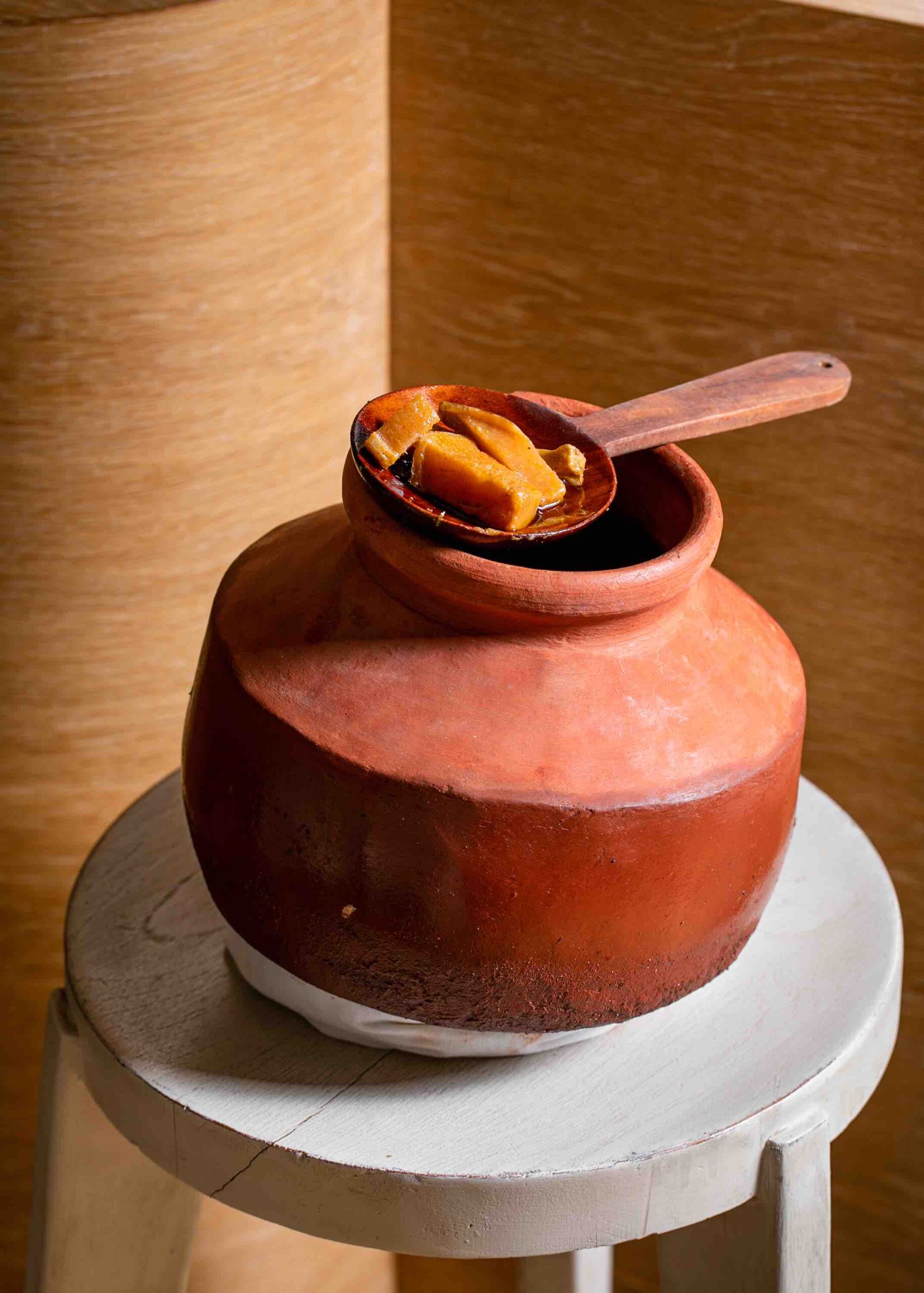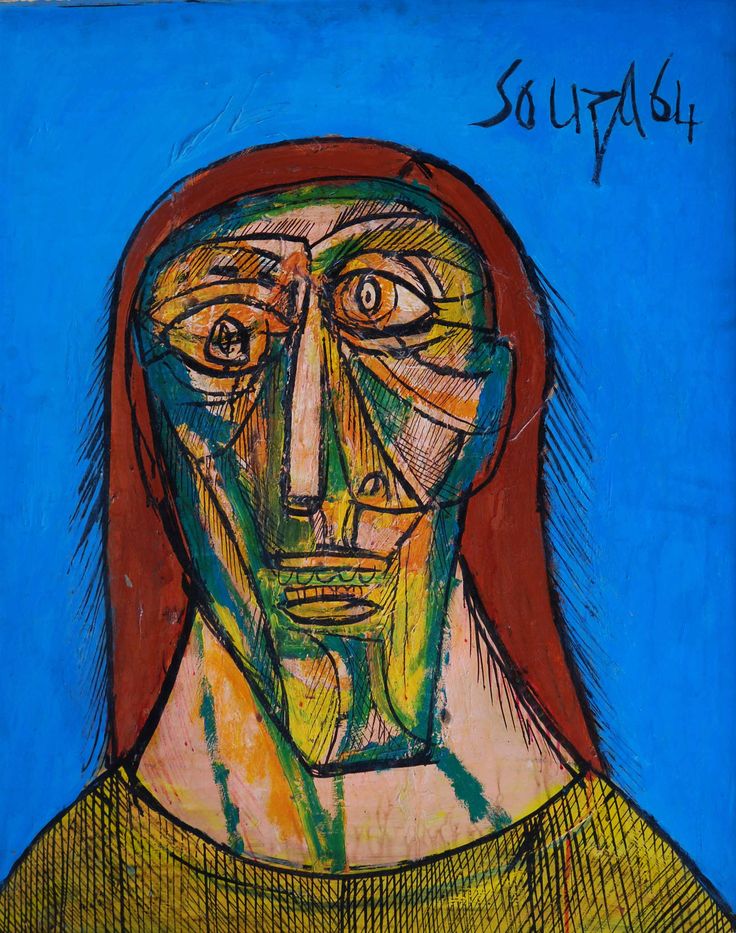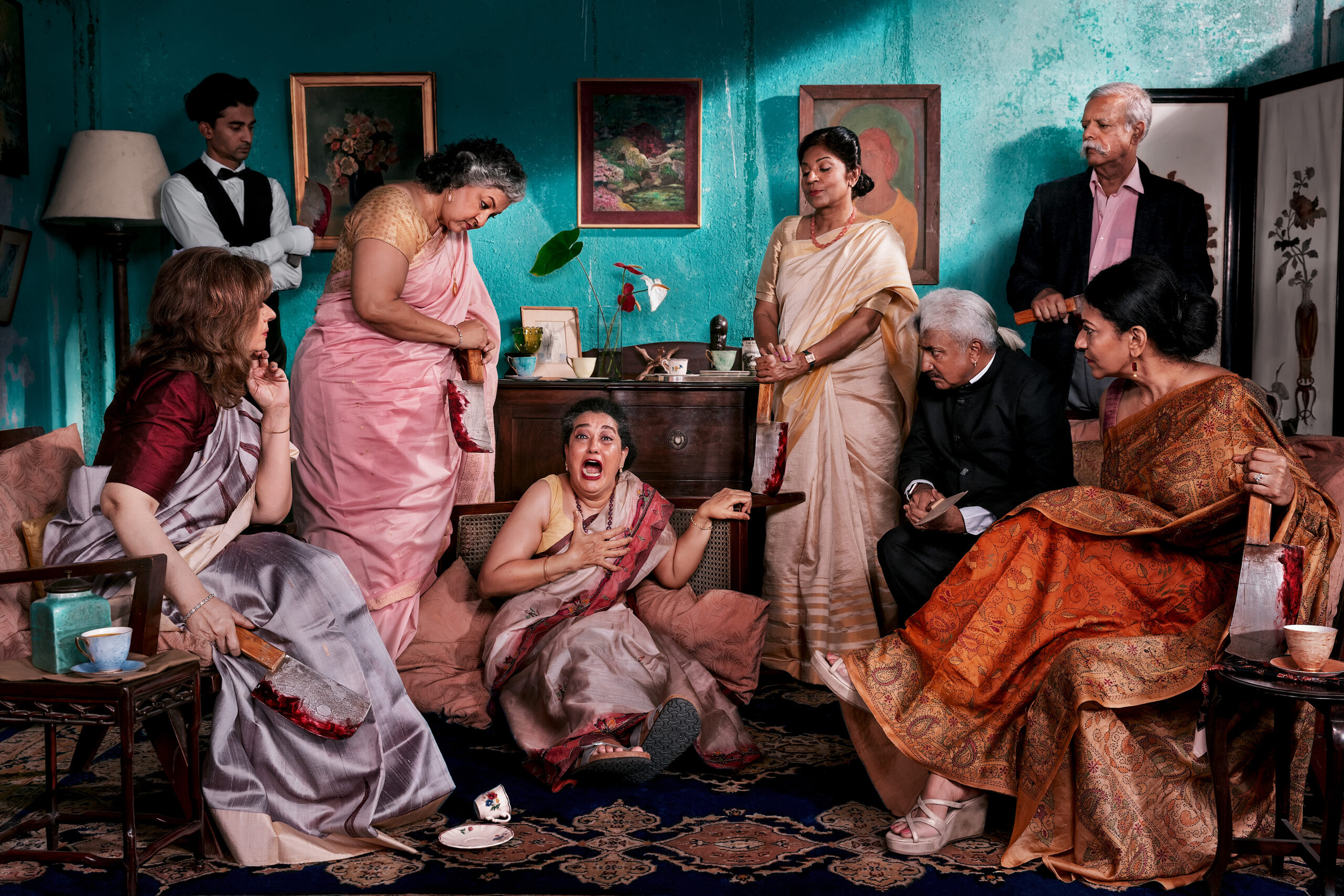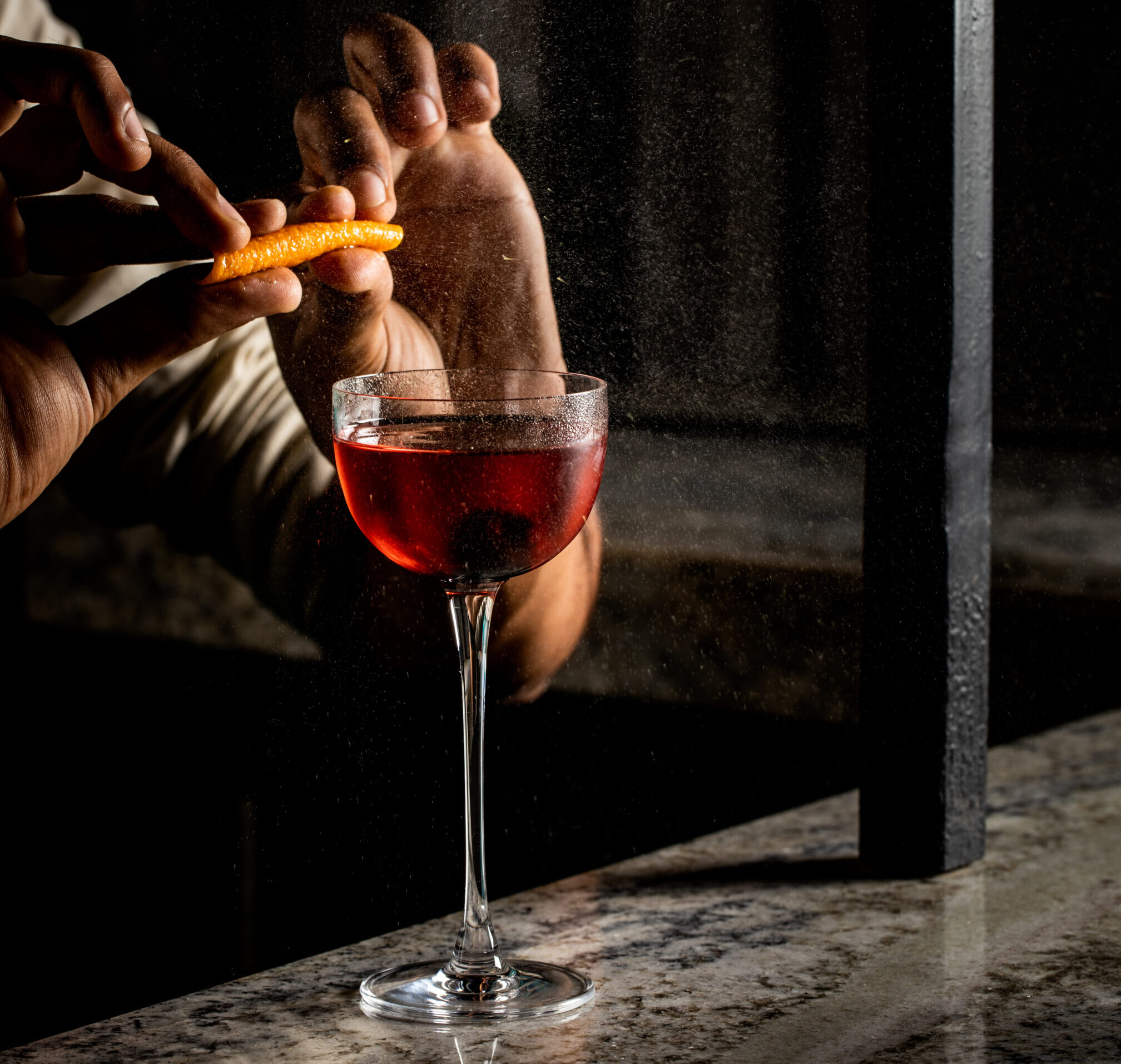After having quit her job as the COO of a media company in 2015, Vanika Chaudhary had an underlying feeling for a while that she wanted to do something with food and be at the forefront of the farm-to-table movement in India, an almost non-existent initiative back then.
With a zeal to create unforgettable culinary experiences while paying homage to traditional methods of cooking such as fermentation and preservation and placing great emphasis on sustainability, Chaudhary founded Sequel and Noon in Mumbai.
Both establishments have gone on to be recognised on a regional and global scale as flag bearers of nourishing food with a soul. Chaudhary’s entrepreneurial journey continues to grow with a recent residency in London and her soon-to-be-released cookbook focussed on her core culinary beliefs and philosophies. Svasa Life had a tete-a-tete with the trailblazer to delve into her journey, vision, and future plans.
Vanika Chaudhary, founder – Sequel & Noon
AB: Could you briefly take us through the journey of founding Noon and Sequel—what inspired you and how did you bring your visions to life?
VC: Moving into the hospitality industry seemed like the right thing to do. It made sense to me, as the whole concept of the provenance of ingredients is something that has been integral to my life since I was a kid. I was lucky enough to have a mother who is an amazing cook, and my father is a scientist and a very keen gardener. He used to grow lots of vegetables and herbs, including Kashmiri haak, plums, turnips, alpine strawberries, and peaches, so produce and cooking are part of me. I also had a lot of influence from my maternal grandmother, who really shaped me to be the chef I am today and taught me the cooking philosophy that I still have. Seven years ago, when I made the move, there was no restaurant that had done the whole farm-to-table thing, so that was the inspiration for Sequel. Even though I had no previous experience in a kitchen or hospitality in general, I knew I wanted to open a restaurant with produce at the forefront. During the testing phase, I gave myself three months to create a business plan, a marketing plan, and find a space. I travelled across the length and breadth of India, visiting lots of farms, and decided to set up my own greenhouse at Offerings Farm. As well as this, I decided to work with other nearby farms to ensure what is on the plate in the restaurant is only harvested the day before, keeping everything super fresh to give the best flavours possible. For Noon, the vision and idea actually came to me when I was pregnant. The only meal I wanted to eat was gucchi pulao with kadam or shalgam (kohlrabi or turnip) achar and sip on kali gajar ki kanji (black carrot kanji). It was such a strong calling towards going back to my roots that I couldn’t ignore it, so the idea of Noon was born. With Sequel, it was very clear that I wanted to champion everything that was hyper-local and hyper-seasonal—the whole aspect of food that is very nourishing to us.
AB: How do you pay homage to traditional methods of fermentation and preservation, and why do they play such a significant role in the creation of the culinary experiences offered at Noon?
VC: We are inspired by fermentation around the world, whether it’s in Japan, Korea, or China, but fermentation has been an integral part of Indian culture too. When I spoke at KojiCon earlier this year, my whole presentation was about two recipes, one using miso, which of course isn’t traditional to my culture as it comes from Japan, but how we can interpret what is not necessarily ancient to us and celebrate and redefine it using ingredients that are native to us. Gunpowder is the most classical South Indian condiment, and each family has its own unique recipe and way of making it. The gunpowder we make at Noon uses yellow manali chillies thangyir, and we grow koji on pigeon peas, which are indigenous to Ladakh. We then ferment it all together for eight months to make gunpowder miso. Is it Japanese? Yes, but it’s really a celebration of the produce that is integral and indigenous to us. The second recipe I spoke about was the whole concept of nimbu ka achar (lemon pickle). When you study the fermentation of it, you realise it’s mostly about lacto-fermentation, but done slowly for three months. Achars have been an integral part of Indian culinary tradition; Ibn Batutta in the 13th century chronicled the everyday life of Mohammad Bin Tuqlaq when he wrote about aam ka achar and the raw mangoes falling from trees, and that still today brings communities together. How I pay homage to it at Noon is that, while the food is really progressive and what we do is progressive, at the heart of everything is a tradition. You can see that we really pay homage to very ancient ways of eating, but in a progressive way that hasn’t been spotlighted in mainstream dining before.
AB: You were one of the first pioneers of the farm-to-table concept in Mumbai, while placing great importance on sustainability and slow living. What are some of the challenges you have faced as a chef and entrepreneur?
VC: I think the most challenging part, and still a constant challenge today, is continuously educating the market. I’ve also had backlash on pricing at Sequel, but what diners need to understand is that there is supply and demand. It’s not easy to get organic produce in Bombay; we were creating a market from scratch when we launched Sequel seven years ago. The word organic didn’t really exist in the mainstream dining scene dictionary, so if the word wasn’t in the vocabulary, the market didn’t exist, meaning there was no demand. I had to create the market to then create demand, which obviously comes at a price. There were some farms that were producing organic produce, but there were no takers for it, so growing the market was a big challenge. Now, of course, it is the norm, which is really great to see.
AB: The Preserve Cookbook is about to launch in a few months- what would you like to share about your book and what pushed you to collate your knowledge into a book?
VC: The book is a way for me to share my core beliefs and philosophies with the world: foraging, spotlighting indigenous produce, preserving ingredients, fermentation, ancient food traditions, and traditional techniques. It is a combination of recipes for the home cook, stories from some of the amazing people I’ve met across India over the past seven years, teaching readers how to make better use of the produce they cook with, and incredible images.
The book focuses on three main areas of India: Jammu and Kashmir, Ladakh, and Maharashtra. They all have their own recipes and traditions, but there is an underlying similarity between the way each brings their native food and produce to life, which I want to show the reader. I feel traditional and indigenous ingredients and recipes are dying out and being overtaken by the modern fashion of fast food, so I want to share the stories and experiences I’ve learned from communities and collectives so they never completely die.
Interview by Anithya Balachandaran
Images Courtesy of Sequel & Noon

